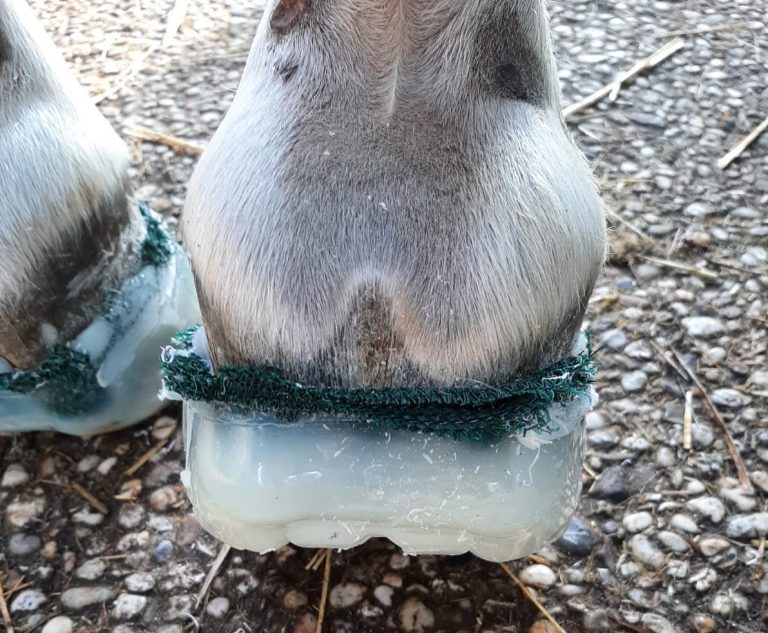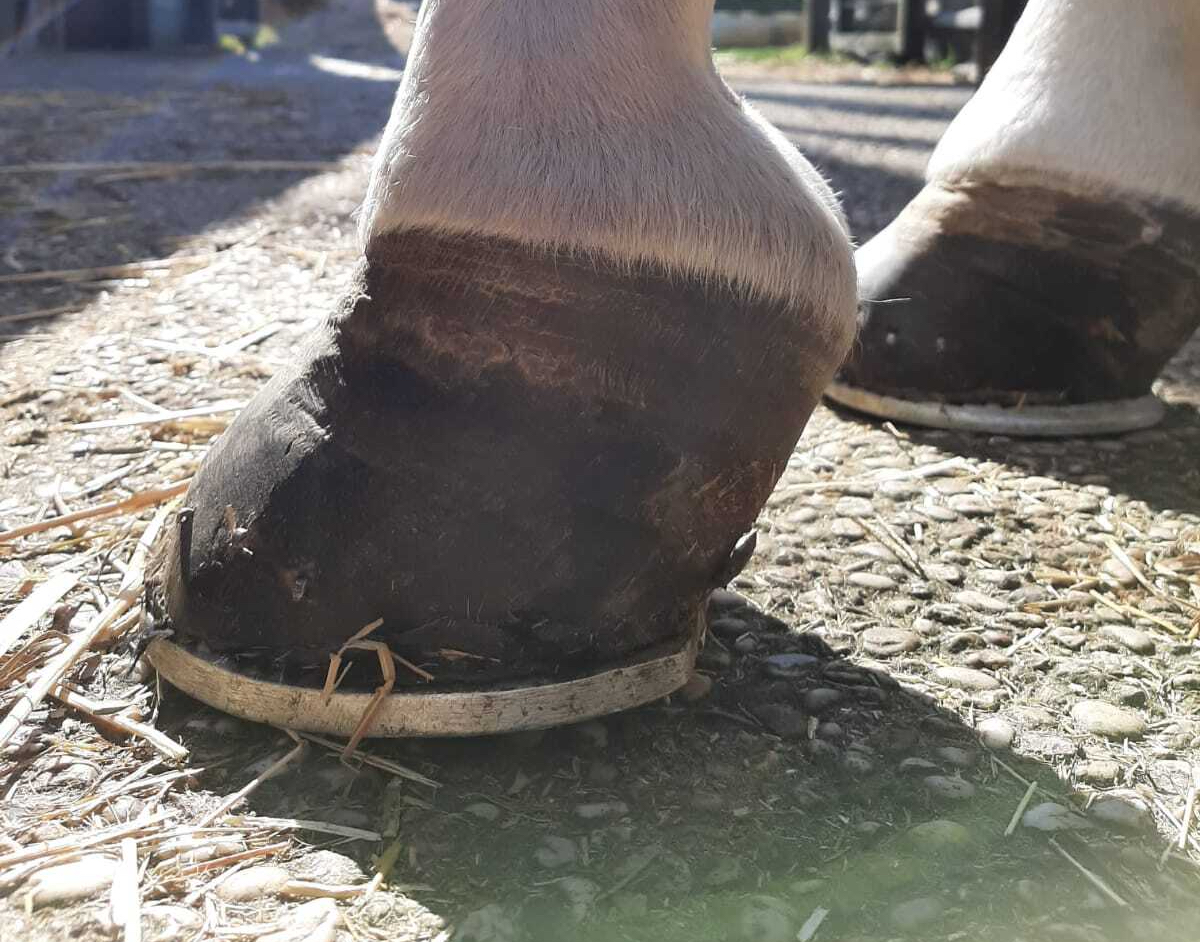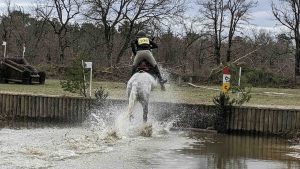Support context
Bart : I wanted to share part of my story with my colleagues to say how important our job is. As the saying goes “No feet, no horse”.
And that expression is pure truth.
I realize this through my experience and the most difficult cases I have had to deal with.
Bart : Yes, I would like to talk about this mare, her story and what I experienced to accompany her.
Her name is Biola, she is of Spanish breed.
In 2018 she declared laminitis, it was already something frankly serious, but his farrier at the time had done a good job. He had managed to stabilize her.
So far things were going well. And then the farrier in question had a heart attack which he survived.
But he was subsequently unable to resume his activity as a farrier.
The owner of Biola therefore had to quickly find another colleague to continue accompanying his mare.
It was from this sudden upheaval that things got much more complicated.
The beginning of the problems
Bart : Biola’s new foot management was not working. She was no longer stabilized. The difficulty is that at the beginning the problems were not visible directly to the eye. In 4 weeks the mare had deteriorated a lot, the damage had already been done and even the tendons began to suffer.
To overcome this, the mare was referraled. She was also followed by a veterinarian. There has been no improvement.
I think there were communication problems between the professionals in charge of Biola. The farrier at the time disagreed with the veterinarian’s recommendations.
The vet suggested reducing the length of the toe and the height of the mare’s heels, but the farrier did not follow the advice.
Biola therefore remained with a poor conformation of the hooves. Her locomotion deteriorated significantly, her legs became vertical and the mare began to suffer from a retraction of the tendons.
All for all
On the x-rays without the red lines we can see the start of the trimming that I performed.
The red lines placed on the radios are indications to signify that the toe was still too long at this time.
In association with the veterinarian, we therefore worked on the foot to shorten in toe.
In order to bring the wall of the hoof closer, parallel to the alignment of the phalanges.

We carried out very regular interventions on the mare, always in association with the veterinarian. We have seen improvements, but Biola will degrade again two months later.
The mare’s heels grew enormously. I took 6 to 8 cm of heel for each of my interventions!
I felt the mare more and more painful, so I tried to change my strategy to accompany her differently.
To relieve it I applied open toe horseshoes and leather pad to release the pressure.
Secondly, I applied a classic shoe with a leather pad, making sure that the toe do not come into contact with the shoe, always for the sake of relief for the mare.
The client was happy with this intervention and to find it more comfortable.
For my part, with the vet, we were not satisfied with Biola’s locomotion.
To further improve things I used FormaHoof. In the capsule that I made (resin capsule surrounding the hoof) we integrated Metronidazole.
Metronidazole is a drug that we have directly integrated into the FormaHoof resin capsules.
The important tilts of P3 had pierced the soles. The above treatment helped to close hoof wounds and fight inflammation.
With this strategy we were able to recover the left foot, which became much more suitable again.
On the other hand, the right foot was not good at all. I decided to leave the heel of the FormaHoof capsule to compensate for the trimming. It made things better. But there was still insufficient to get the mare out of trouble.

The FormaHoof allowed the mare to gain in comfort. I made my trimming from the radio pictures.
The mare recovered in sole thickness and the inflammation was reduced.
It was at this point that the owners, the vet and I had to take stock of the evolution of Biola over the past two years.
To measure the pros and cons. The balance between suffering and improvement. What development prospects we could hope for and also the level of support to be provided to stabilize it.
The decision taken by the owners was to let the little mare go. Locomotion would no longer return to normal, even for his life in the field.
Bart : I was able to learn that what was lost was lost, and that it was easier to prevent a problem than to correct it once it was present. Some damage is irreversible.
We see how important our job is. The health of the horse also depends on its feet.
Horses need to be able to move properly to stay healthy. Taking the opportunity for them to move around comfortably is neither dignified nor honest.
It is this very intense experience that I wanted to share. That of the pretty little Biola who fought against her illness.
I also wanted to draw attention to the importance of the work and decisions taken in the management of hooves. The consequences can permanently damage horses, or even condemn them.
I was able to learn that what was lost was lost, and that it was easier to prevent a problem than to correct it once it was present. Some damage is irreversible.
Bart Lambert
Hoof tracking and analysis
Interview with Bart, farrier in Belgium for ten years.





One Comment
The management of severe laminitis by Halbout Maréchalerie • Ekico
[…] The essential role of the farrier by Bart Lambert […]